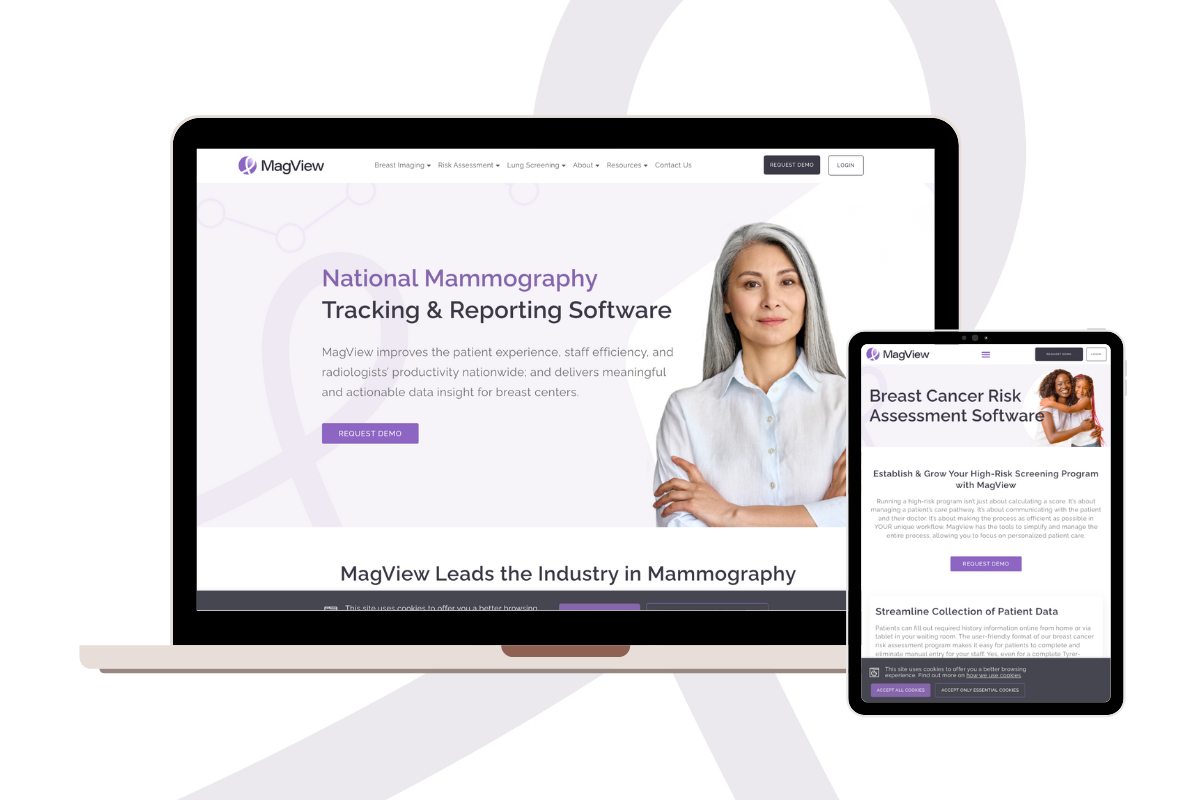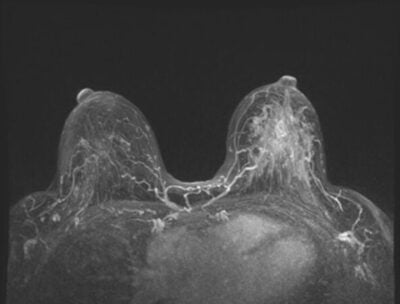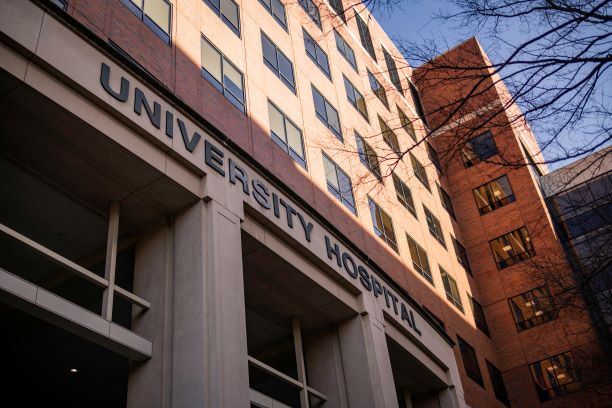Breast density notification is a hot topic presently, with a federal notification regulation currently under review. In a new study published by the Journal of the American Medical Association, however, it may prove more beneficial to target specifically high-risk cases for this notification.
As of this study, 38 states require some form of breast tissue density notification to patients. What the study aims to prove is that not all patients may need this notification, thus reducing stress and focusing on the group who would benefit more from this information.
Dr. Karla Kerlikowske from UCSF lead the group that submitted the study. In it, they state, “Studies consistently report that women can experience anxiety or concern in response to breast density notification, and most practitioners are not prepared to counsel women about breast density.”
Rather than blanket the entire patient population, or even those identified with dense breast tissue, the study suggests a more targeted approach. The goal would be to reduce undue anxiety and maximize staff time with regards to outreach and scheduling additional imaging.
“Instead of discussing supplemental imaging with all women with dense breasts, it may be more efficient to identify women at high risk of advanced breast cancer who may benefit most from supplemental imaging,” the team wrote.
The study includes Breast Cancer Surveillance Consortium (BCSC) data from January 2005 to December 2014. Among the findings, they found that women with dense breast tissue accounted for 47% of the study cohort. Of these patients, 60% had developed advanced cancers.
This year alone, five states have enacted breast tissue density notification laws: Georgia, Illinois, New Mexico, South Dakota, and Washington. Arkansas had a bill on the floor, but it was withdrawn once the proposed federal regulation was announced.
Keep watching the MagView blog for news and updates on federal and state breast tissue density laws and regulations.

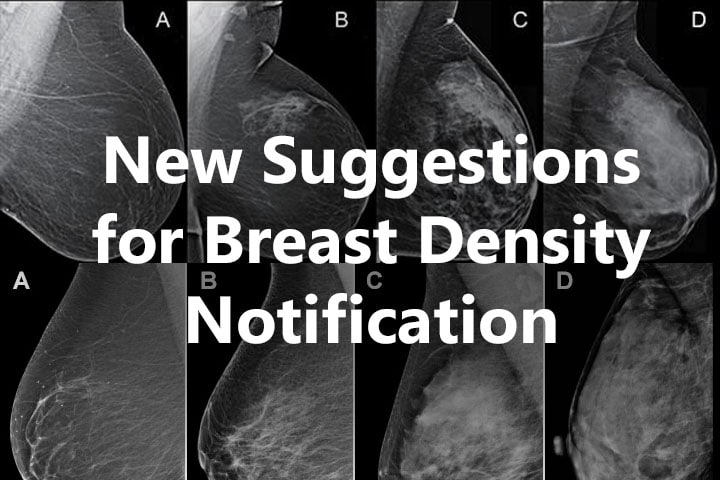

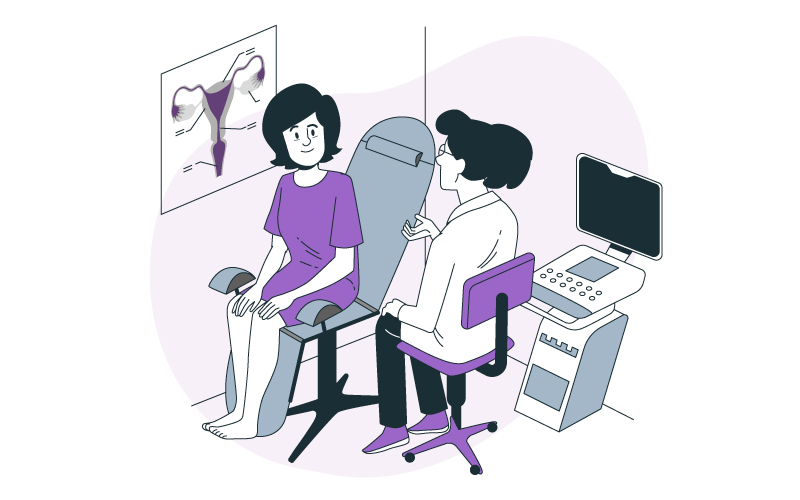




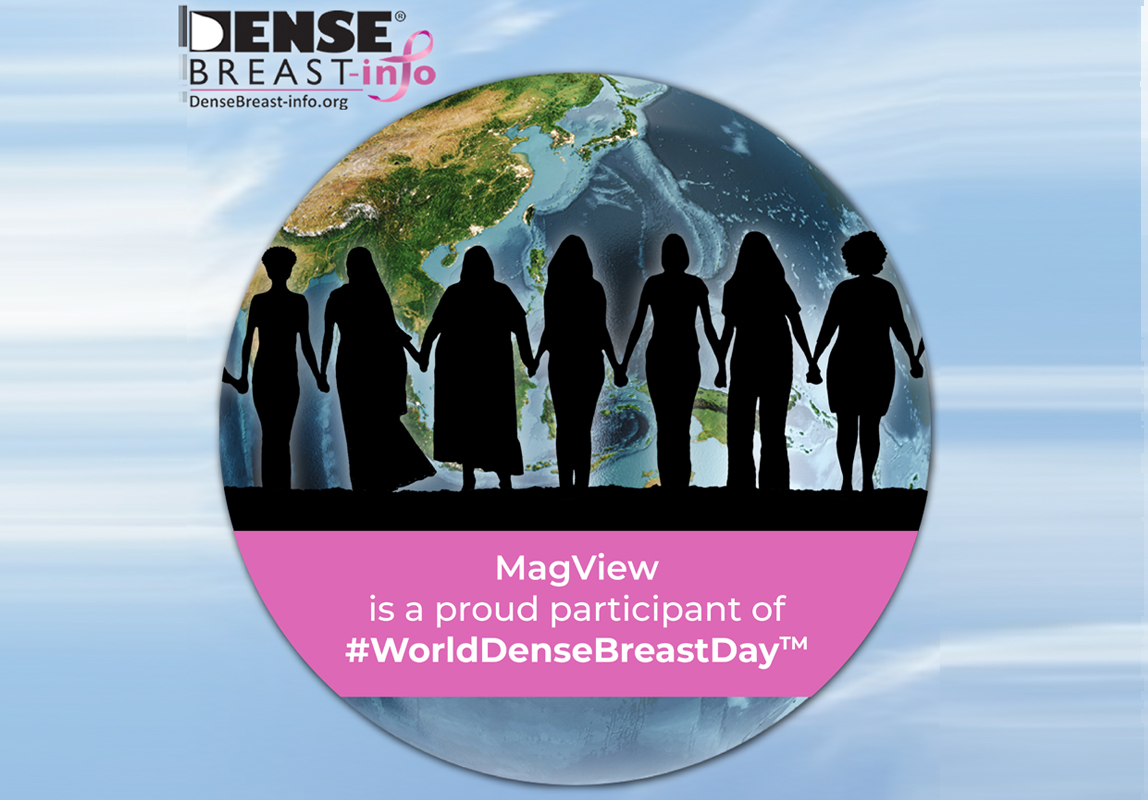
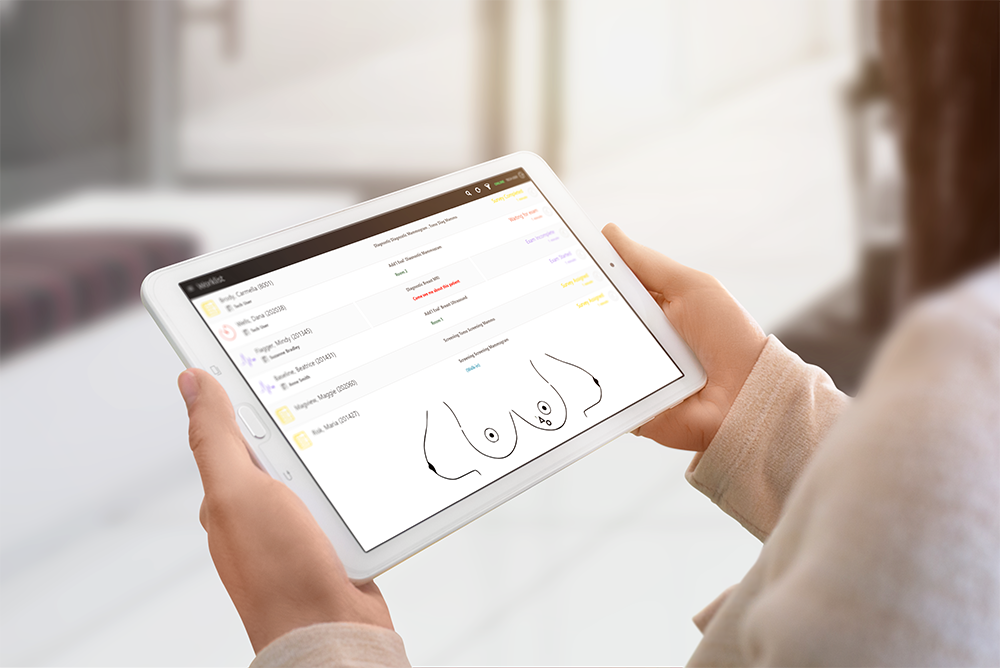

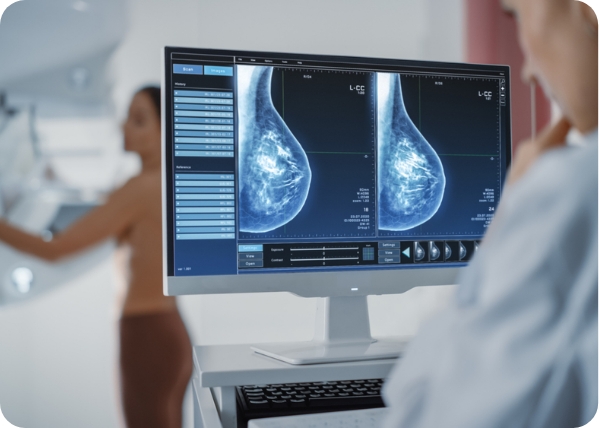


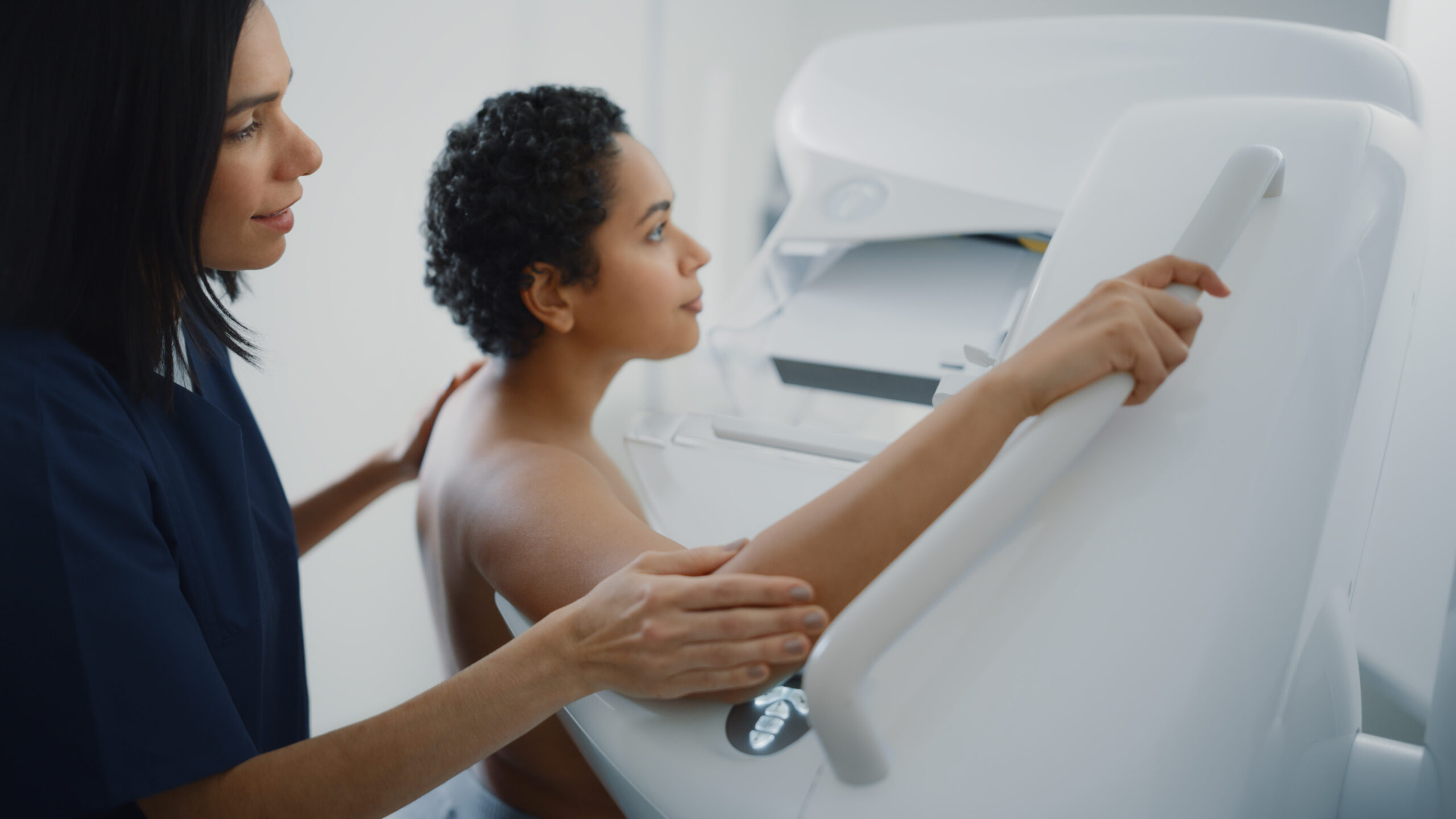

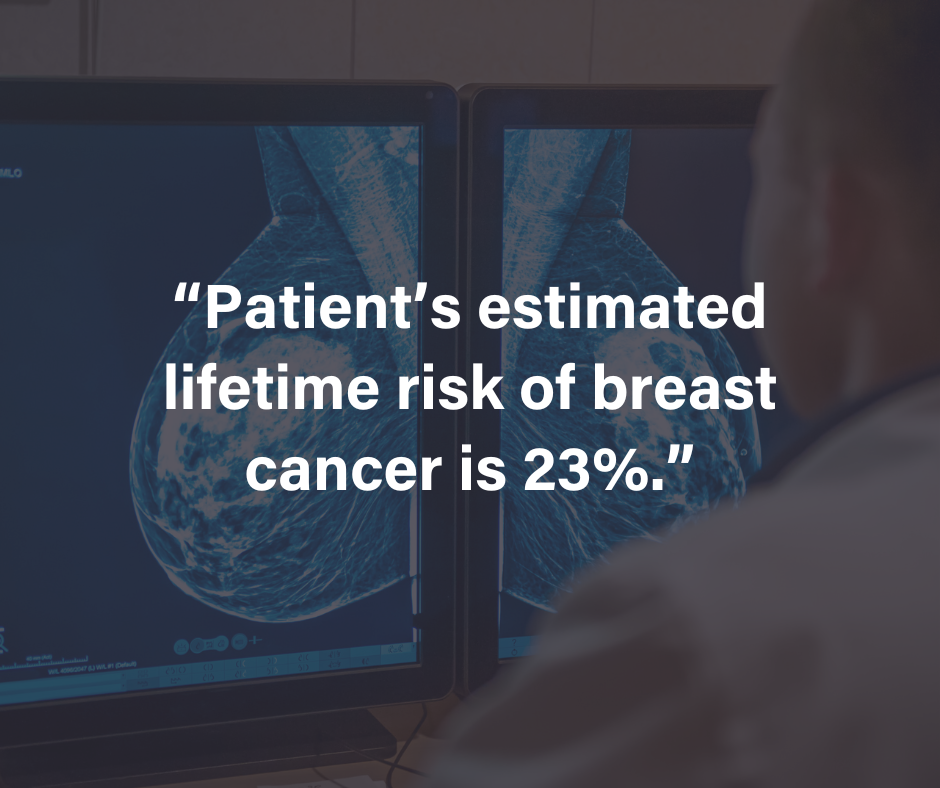







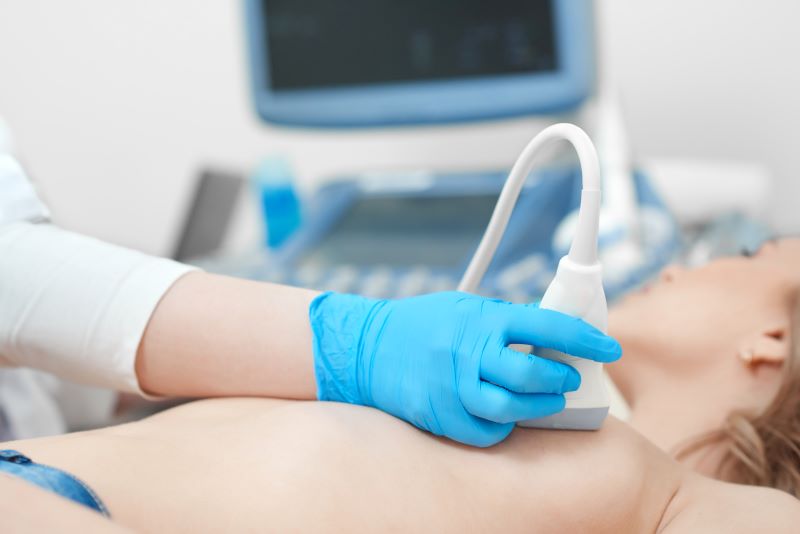
![monitoring breast density shutterstock_1299510538-[Converted]](https://magview.com/wp-content/uploads/2023/05/shutterstock_1299510538-Converted.jpg)






